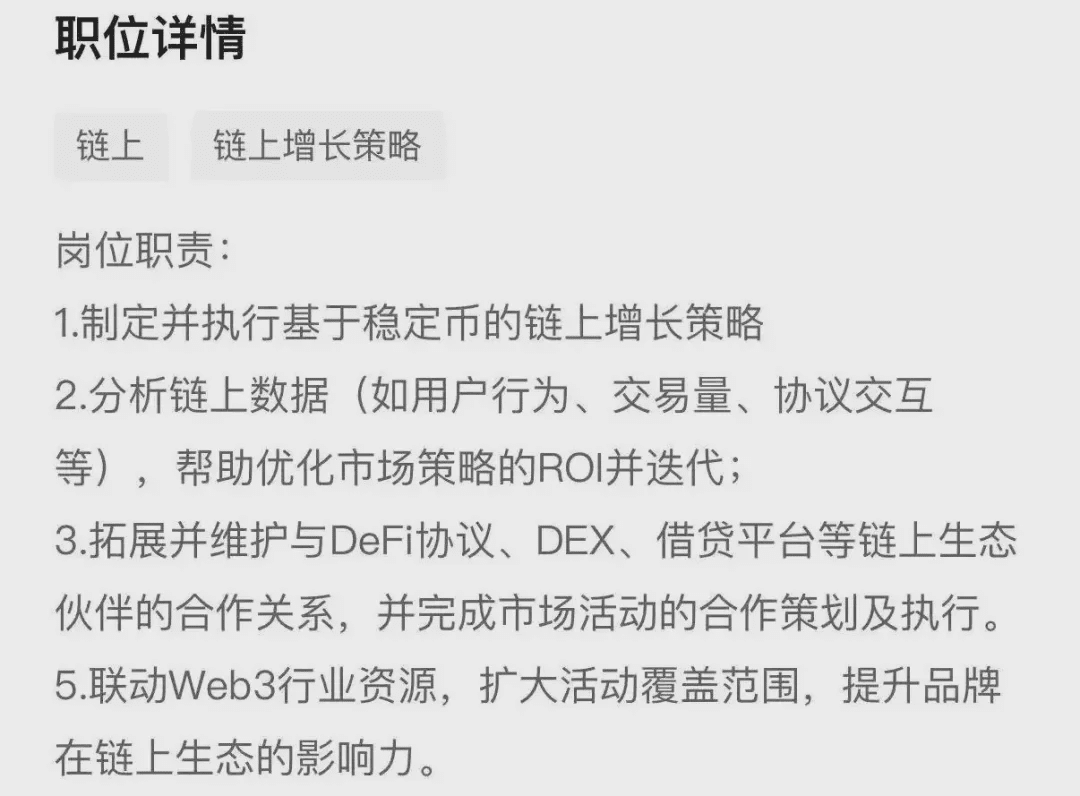In the summer of 2025, the heat wave of the cryptocurrency market seems to be quietly infiltrating every corner of China with unprecedented momentum. Although the official ban on cryptocurrencies still looms large, a grassroots 'crypto fever' is surging from the bottom up, from outside to inside. What is peculiar about this craze is that it manifests simultaneously on two completely different levels: on the grassroots level, traditional A-share 'aunties and uncles' are enthusiastically discussing Bitcoin and Ethereum in their unique 'lingo'; while at the heights of power, e-commerce giants like JD and listed companies like Huajian Medical have quietly laid out plans, hiring talent to try to secure a place in this digital asset feast.
All these signals intertwined raise the question: Are the Chinese people pouring into the crypto space on a large scale? Is a massive force from China, blending grassroots enthusiasm and institutional ambition, injecting new and unpredictable variables into the next bull market of the global crypto market?
Grassroots enthusiasm
One of the most vivid indicators of whether an investment asset has truly 'broken out' is to see whether the 'aunties and uncles' at the vegetable market have started discussing it. Recently, with Bitcoin briefly breaking through $122,000 and Ethereum reaching $4,300, this wind has also blown into the traditional A-share investor group in China.
Based on observations, these seasoned 'aunties and uncles' in the stock market are not only starting to pay attention to cryptocurrency investments but are also redefining mainstream cryptocurrencies with an extremely 'simple and straightforward' yet exceptionally precise language, constructing a narrative for their own investment.
Bitcoin (BTC): Digital gold. This consensus is the most common, pointing directly to its value storage and anti-inflation properties.
Ethereum (ETH): The NVIDIA of the crypto realm. This metaphor is exceptional, breaking away from the old framework of 'digital oil' and positioning Ethereum as an indispensable underlying infrastructure of the Web3 world, likening it to NVIDIA in the AI era, showcasing a profound understanding of the value of the Ethereum ecosystem.
BNB: The Citic Securities of the crypto realm. Comparing BNB to China's largest brokerage accurately captures its core value and central position as the largest exchange platform token globally.
SOL: The casino leader of the crypto realm. This humorous yet apt definition points directly to the characteristics of the Solana chain, where meme coins are prevalent, trading speeds are fast, and risks and returns are high.
Dogecoin (DOGE): The leading coin controlled by Musk. This phrase reveals its strong binding relationship with the world’s richest man, Musk.
USDT/USDC: They can also clearly distinguish between the world's number one stablecoin and the US compliant stablecoin.

This 'aunties and uncles' version of the cryptocurrency list, while full of grassroots flavor, conveys a signal that cannot be ignored. It indicates that even under strict information control, the value and narrative of cryptocurrencies have still resiliently penetrated into China's most grassroots retail investor group through various channels. This bottom-up FOMO (fear of missing out) sentiment is often a strong signal that the market is entering a new phase. Of course, some cautious observers believe that when 'aunties and uncles' start rushing in, it may also suggest that the market is overheated, potentially serving as a contrarian indicator. Everything has its interpretations.
Institutional undercurrents
If the enthusiasm of the grassroots is the thermometer of the market, then the actions of institutions are the weather vane that indicates the future direction. Unlike the clamor of retail investors, China's institutional giants are entering the crypto track in a more stable and strategic manner.

Recently, a job posting from Chinese e-commerce giant JD has caused quite a stir in the industry. The company is openly recruiting for a 'DeFi expert'. According to the job description, this expert needs to have a deep understanding of various DeFi protocols, smart contracts, and token economics, with the core task of exploring how to strategically integrate DeFi technology with JD's vast e-commerce and fintech operations.
This signal indicates that top tech companies like JD have their sights set far beyond simply investing in cryptocurrencies as reserve assets. They are seriously considering how to leverage DeFi, this decentralized financial infrastructure, to transform their existing core businesses such as payments, supply chain finance, and customer loyalty programs. This represents a strategic elevation from 'investment' to 'application', suggesting that DeFi may become a key component of the future digital economy.

Meanwhile, in Hong Kong, closely tied to the mainland financial system, another institutional experiment is underway. Huajian Medical Company, listed in Hong Kong, has announced the launch of its 'Ethereum Reserve Strategy' with much fanfare.
The company's goal is very clear: to mimic the Western world’s MicroStrategy in betting on Bitcoin, continuously and strategically converting a portion of its balance sheet funds into Ethereum, and aspiring to become one of the largest holders of Ethereum among companies listed in Hong Kong.
Huajian Medical's action sets a precedent for listed companies in Asia. It not only provides traditional stock market investors with a compliant and indirect channel to invest in Ethereum but, more importantly, sends a strong signal to the market: institutional capital not only values Bitcoin’s 'digital gold' attributes but also sees the long-term growth potential of Ethereum as 'Web3 infrastructure'.
The duet of Chinese power
By juxtaposing the enthusiasm of grassroots 'aunties and uncles' with the deep strategies of companies like JD and Huajian Medical, a complex and fascinating picture unfolds before us. It reveals a relationship between China and the crypto world that is full of contradictions yet vibrant.
On one hand, there are strict national-level bans trying to build a solid firewall for the financial system. On the other hand, there is the unstoppable market force: at the grassroots level, there is a desire for wealth appreciation; at the top level, there is institutional foresight seeking future growth curves. These two forces are converging into a powerful undercurrent through Hong Kong, this unique 'super connector', and various semi-underground channels.
The 'aunties and uncles' of China's A-shares may not know what EVM compatibility is, and JD's strategists may temporarily be unable to deploy smart contracts in the mainland. However, their coordinated actions point clearly to a future where China's capital, talent, and market forces will not be absent from this global digital asset revolution.
This 'duet' performed by retail and institutional players may be foreshadowing that in the upcoming market cycle, the influence from China will reshape the global cryptocurrency landscape in a more diverse, complex, and profound way.
